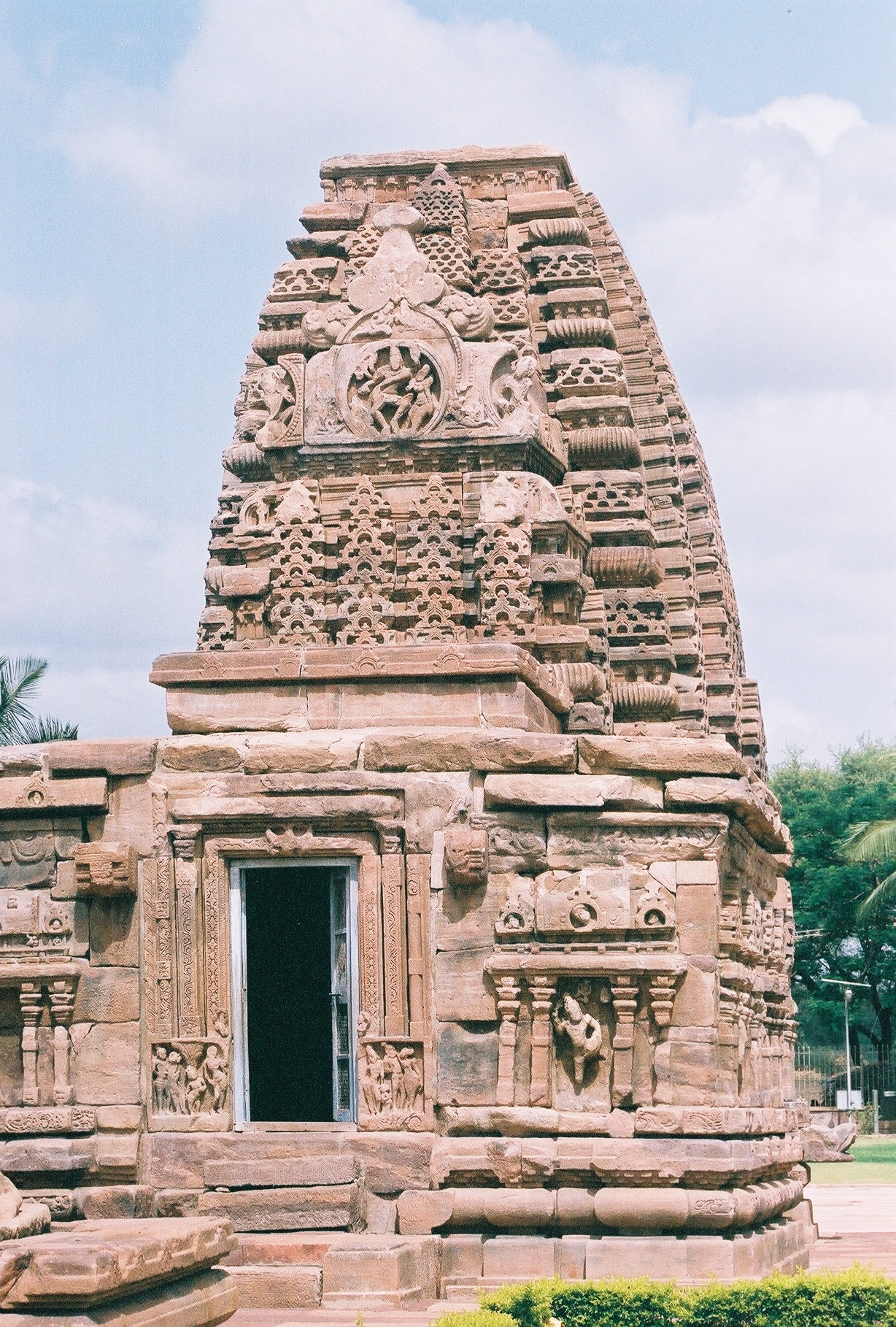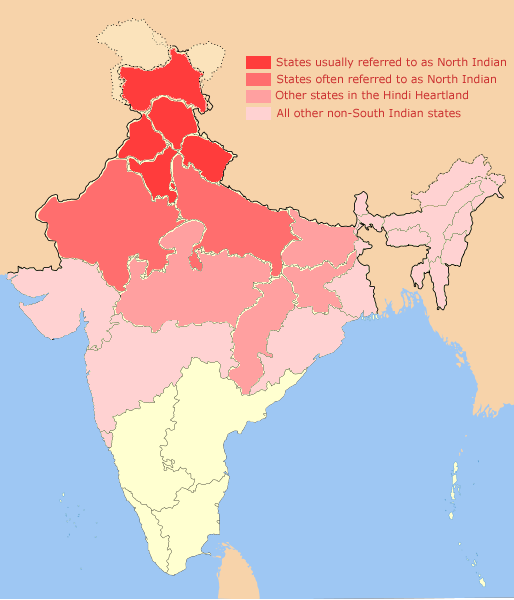|
Nripatunga
Amoghavarsha I (also known as Amoghavarsha Nrupathunga I) (r.814–878 CE) was the greatest emperor of the Rashtrakuta dynasty, and one of the most notable rulers of Ancient India. His reign of 64 years is one of the longest precisely dated monarchical reigns on record. Many Kannada and Sanskrit scholars prospered during his rule, including the great Indian mathematician Mahaviracharya who wrote ''Ganita-sara-samgraha'', Jinasena, Virasena, Shakatayan and Sri Vijaya (a Kannada language theorist). Amoghavarsha I was an accomplished poet and scholar. He wrote (or co-authored) the ''Kavirajamarga'', the earliest extant literary work in Kannada,Sastri (1955), p. 355. and ''Prashnottara Ratnamalika'', a religious work in Sanskrit. During his rule he held titles such as ''Nrupathunga'', ''Atishadhavala'', ''Veeranarayana'', ''Rattamarthanda'' and ''Srivallabha''. He moved the Rashtrakuta regal capital from Mayurkhandi in the Bidar district to Manyakheta in the Kalaburagi distric ... [...More Info...] [...Related Items...] OR: [Wikipedia] [Google] [Baidu] |
Kannada Language
Kannada (; ಕನ್ನಡ, ), originally romanised Canarese, is a Dravidian language spoken predominantly by the people of Karnataka in southwestern India, with minorities in all neighbouring states. It has around 47 million native speakers, and was additionally a second or third language for around 13 million non-native speakers in Karnataka. Kannada was the court language of some of the most powerful dynasties of south and central India, namely the Kadambas, Chalukyas, Rashtrakutas, Yadava Dynasty or Seunas, Western Ganga dynasty, Wodeyars of Mysore, Nayakas of Keladi Hoysalas and the Vijayanagara empire. The official and administrative language of the state of Karnataka, it also has scheduled status in India and has been included among the country's designated classical languages.Kuiper (2011), p. 74R Zydenbos in Cushman S, Cavanagh C, Ramazani J, Rouzer P, ''The Princeton Encyclopedia of Poetry and Poetics: Fourth Edition'', p. 767, Princeton Univ ... [...More Info...] [...Related Items...] OR: [Wikipedia] [Google] [Baidu] |
Kannada
Kannada (; ಕನ್ನಡ, ), originally romanised Canarese, is a Dravidian language spoken predominantly by the people of Karnataka in southwestern India, with minorities in all neighbouring states. It has around 47 million native speakers, and was additionally a second or third language for around 13 million non-native speakers in Karnataka. Kannada was the court language of some of the most powerful dynasties of south and central India, namely the Kadambas, Chalukyas, Rashtrakutas, Yadava Dynasty or Seunas, Western Ganga dynasty, Wodeyars of Mysore, Nayakas of Keladi Hoysalas and the Vijayanagara empire. The official and administrative language of the state of Karnataka, it also has scheduled status in India and has been included among the country's designated classical languages.Kuiper (2011), p. 74R Zydenbos in Cushman S, Cavanagh C, Ramazani J, Rouzer P, ''The Princeton Encyclopedia of Poetry and Poetics: Fourth Edition'', p. 767, Princeton Un ... [...More Info...] [...Related Items...] OR: [Wikipedia] [Google] [Baidu] |
Rashtrakuta Empire
Rashtrakuta ( IAST: ') (r. 753-982 CE) was a royal Indian dynasty ruling large parts of the Indian subcontinent between the sixth and 10th centuries. The earliest known Rashtrakuta inscription is a 7th-century copper plate grant detailing their rule from manapur a city in Central or West India. Other ruling Rashtrakuta clans from the same period mentioned in inscriptions were the kings of Achalapur and the rulers of Kannauj. Several controversies exist regarding the origin of these early Rashtrakutas, their native homeland and their language. The Elichpur clan was a feudatory of the Badami Chalukyas, and during the rule of Dantidurga, it overthrew Chalukya Kirtivarman II and went on to build an empire with the Gulbarga region in modern Karnataka as its base. This clan came to be known as the Rashtrakutas of Manyakheta, rising to power in South India in 753 AD. At the same time the Pala dynasty of Bengal and the Prathihara dynasty of Malwa were gaining force in eastern and ... [...More Info...] [...Related Items...] OR: [Wikipedia] [Google] [Baidu] |
Northern India
North India is a loosely defined region consisting of the northern part of India. The dominant geographical features of North India are the Indo-Gangetic Plain and the Himalayas, which demarcate the region from the Tibetan Plateau and Central Asia. The term North India has varying definitions. The Ministry of Home Affairs in its Northern Zonal Council Administrative division included the states of Haryana, Himachal Pradesh, Punjab and Rajasthan and Union Territories of Chandigarh, Delhi, Jammu and Kashmir and Ladakh. The Ministry of Culture in its ''North Culture Zone'' includes the state of Uttarakhand but excludes Delhi whereas the Geological Survey of India includes Uttar Pradesh and Delhi but excludes Rajasthan and Chandigarh. Other states sometimes included are Bihar, Gujarat, Jharkhand, Madhya Pradesh and West Bengal. North India has been the historical centre of the Mughal Empire, the Delhi Sultanate and the British Indian Empire. It has a diverse culture, and inc ... [...More Info...] [...Related Items...] OR: [Wikipedia] [Google] [Baidu] |
Sulaiman Al-Tajir
Sulaiman is an English transliteration of the Arabic name that means "peaceful" and corresponds to the Jewish name Hebrew: שְׁלֹמֹה, Shlomoh) and the English Solomon (/ˈsɒləmən/) . Solomon was the scriptural figure who was king of what was then the United Kingdom of Israel (c. 970–931 BCE) and is revered as a major prophet by Muslims. Sulaiman may also refer to: People with the given name Sulaiman * Ebrahim Sulaiman Sait (1922–2005), Indian politician * Sulaiman (Brunei) (15th century), fourth sultan of Brunei * Sulaiman Abu Ghaith (born circa 1965), Al-Qaida's official spokesman * Sulaiman Abdul Aziz Al Rajhi (born 1920), Saudi Arabian businessman * Sulaiman Abdul Rahman Taib (21st century), Malaysian politician * Sulaiman al-Barouni (1872–1940), ruler of Tripolitania * Sulaiman Al-Fahim (21st century), United Arab Emirati businessman * Sulaiman Areeb (died 1972), Urdu poet * Sulaiman Awath Sulaiman Bin Ageel Al Nahdi (21st century), Yemeni extrajudici ... [...More Info...] [...Related Items...] OR: [Wikipedia] [Google] [Baidu] |
Ashoka
Ashoka (, ; also ''Asoka''; 304 – 232 BCE), popularly known as Ashoka the Great, was the third emperor of the Maurya Empire of Indian subcontinent during to 232 BCE. His empire covered a large part of the Indian subcontinent, stretching from present-day Afghanistan in the west to present-day Bangladesh in the east, with its capital at Pataliputra. A patron of Buddhism, he is credited with playing an important role in the spread of Buddhism across ancient Asia. Much of the information about Ashoka comes from his Brahmi edicts, which are among the earliest long inscriptions of ancient India, and the Buddhist legends written centuries after his death. Ashoka was son of Bindusara, and a grandson of the dynasty's founder Chandragupta. During his father's reign, he served as the governor of Ujjain in central India. According to some Buddhist legends, he also suppressed a revolt in Takshashila as a prince, and after his father's death, killed his brothers to ... [...More Info...] [...Related Items...] OR: [Wikipedia] [Google] [Baidu] |
Kannada People
The Kannada people or Kannadigaru nowiki/>IAST: Kannadadavaru or Kannadigas (English term)">IAST.html" ;"title="nowiki/>IAST">nowiki/>IAST: Kannadadavaru or Kannadigas (English term)are an ethno-linguistic group who trace their ancestry to the South Indian state of Karnataka in India and its surrounding regions. Kannada stands among 30 of the most widely spoken languages of the world as of 2001. Evidence for human habitation in Karnataka exists from at least the 2nd millennium BCE, and the region is postulated to have had contact with the Indus Valley civilization. The existence of artifacts (such as Roman coins) shows Karnataka was engaged in trade as early as the 1st century CE. In the 3rd-4th century BCE the land was ruled by the Mauryas and Jainism was very popular. After the Mauryas, parts of Karnataka were variously ruled by dynasties who were either ethnically Kannadiga or from the outside. The Vijayanagara, Kadambas, Chalukyas, Rashtrakutas and Hoysalas were some ... [...More Info...] [...Related Items...] OR: [Wikipedia] [Google] [Baidu] |
Vadodara
Vadodara (), also known as Baroda, is the second largest city in the Indian state of Gujarat. It serves as the administrative headquarters of the Vadodara district and is situated on the banks of the Vishwamitri River, from the state capital of Gandhinagar. The railway line and National Highway 8, which connect Delhi with Mumbai, pass through Vadodara. The city is named for its abundance of the Banyan (''Vad'') tree. Vadodara is also locally referred to as the ''Sanskari Nagari'' () and ''Kala Nagari'' () of India. The city is prominent for landmarks such as the Laxmi Vilas Palace, which served as the residence of the Maratha royal Gaekwad dynasty that ruled over Baroda State. It is also the home of the Maharaja Sayajirao University of Baroda. Etymology The city in one period was called Chandanavati after the rule of Chanda of the Dodiya Rajputs. The capital was also known as Virakshetra or Viravati (Land of Warriors). Later on, it was known as Vadpatraka or Vadodar ... [...More Info...] [...Related Items...] OR: [Wikipedia] [Google] [Baidu] |
Surat
Surat is a city in the western Indian state of Gujarat. The word Surat literally means ''face'' in Gujarati and Hindi. Located on the banks of the river Tapti near its confluence with the Arabian Sea, it used to be a large seaport. It is now the commercial and economic center in South Gujarat, and one of the largest urban areas of western India. It has well-established diamond and textile industry, and is a major supply centre for apparels and accessories. About 90% of the world's diamonds supply are cut and polished in the city. It is the second largest city in Gujarat after Ahmedabad and the eighth largest city by population and ninth largest urban agglomeration in India. It is the administrative capital of the Surat district. The city is located south of the state capital, Gandhinagar; south of Ahmedabad; and north of Mumbai. The city centre is located on the Tapti River, close to Arabian Sea. Surat will be the world's fastest growing city from 2019 to 2035, ... [...More Info...] [...Related Items...] OR: [Wikipedia] [Google] [Baidu] |
Karnataka
Karnataka (; ISO: , , also known as Karunāḍu) is a state in the southwestern region of India. It was formed on 1 November 1956, with the passage of the States Reorganisation Act. Originally known as Mysore State , it was renamed ''Karnataka'' in 1973. The state corresponds to the Carnatic region. Its capital and largest city is Bengaluru. Karnataka is bordered by the Lakshadweep Sea to the west, Goa to the northwest, Maharashtra to the north, Telangana to the northeast, Andhra Pradesh to the east, Tamil Nadu to the southeast, and Kerala to the southwest. It is the only southern state to have land borders with all of the other four southern Indian sister states. The state covers an area of , or 5.83 percent of the total geographical area of India. It is the sixth-largest Indian state by area. With 61,130,704 inhabitants at the 2011 census, Karnataka is the eighth-largest state by population, comprising 31 districts. Kannada, one of the classical languages of In ... [...More Info...] [...Related Items...] OR: [Wikipedia] [Google] [Baidu] |
_from_Nilgund_of_Rashtrakuta_King_Amoghavarsha_I.jpg)




.jpg)
